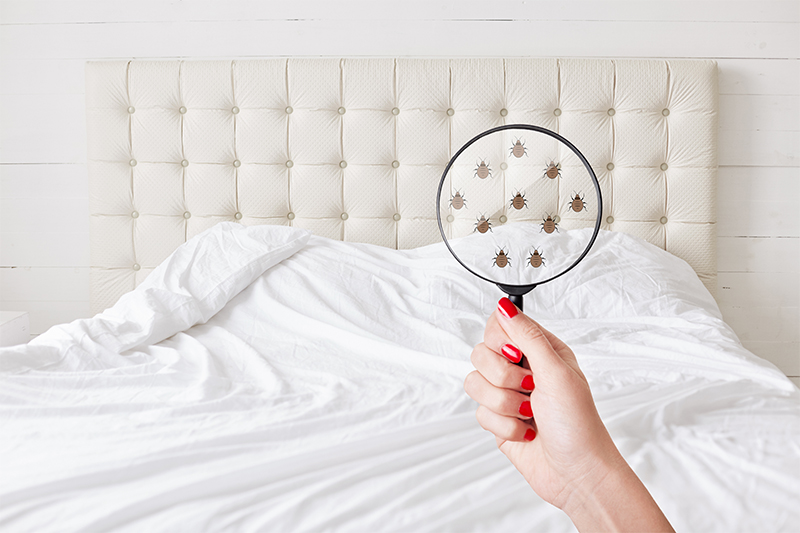
Dealing with bed bugs can be frustrating, but don’t worry! With the right strategies, you can take back your space and create a pest-free home. First, inspect your mattress and furniture for signs of bed bugs, like tiny spots or shed skins. Next, wash all your bedding in hot water and vacuum your room thoroughly.
Use mattress encasements to keep bed bugs from returning. If the problem persists, consider calling a bed bug control expert for help. Remember, taking action quickly is key to getting rid of these unwelcome intruders and enjoying a peaceful, comfortable living space again!
Identification
The first step in controlling bed bugs is to identify them correctly. Bed bugs are small, flat, oval-shaped insects that can be reddish-brown or tan. They are about 1/4 inch long, so they can be easy to miss.
Look for signs of an infestation, like dark spots (which are bed bug droppings) on your bedding, shed skins, and the bugs themselves hiding in the seams of mattresses, box springs, and furniture. Finding them early is very important for effective control.
Prevention
Preventing a bed bug infestation is usually easier than getting rid of one. You can take steps to stop them from showing up, like using mattress covers that seal off your bedding. Make sure to vacuum your sleeping areas and nearby spaces regularly, and keep your home neat and clutter-free to reduce hiding spots.
When you travel, be careful in your hotel room for bed bugs, keep your luggage off the floor, and wash your clothes in hot water when you get back home.
Chemical Treatments
To get rid of bed bugs, there are many chemical treatments you can use. Insecticides made just for bed bugs can work well. Products that have pyrethroids or neonicotinoids are often used.
Always read the labels to make sure you use them safely, and if you have a big problem, think about hiring a licensed pest control expert. They have stronger treatments and know how to apply them correctly.
Heat Treatment
Heat treatment is a safe, non-chemical way to get rid of bed bugs at every stage of their life. By exposing infested items to temperatures over 120°F (49°C) for a few hours, you can kill bed bugs. This makes it a good choice for clothes, fabrics, and other items that can handle heat.
A professional pest control often uses special equipment to heat up and keep these temperatures in affected areas. Plus, this method doesn’t leave behind chemical residues, which is great for those looking for a safer option.
Make sure to explore https://www.envirogpc.com/lubbock-tx-pest-control/ for more info on heat treatment and other pest control services.
Explore the Ultimate Guide to Bed Bug Control
In conclusion, bed bug control can be tough, but it’s not impossible. By learning how to identify them and taking steps to prevent their return, you can keep your home safe. Using the right treatments will help you control any existing problems and lower the chances of getting them again.
Remember, it’s always a good idea to reach out to pest control experts if you’re unsure about what to do. They can provide the help you need to tackle the problem effectively. With the right approach, you can enjoy a comfortable and bug-free living space!
Did you find this article helpful? Check out the rest of our blogs!

